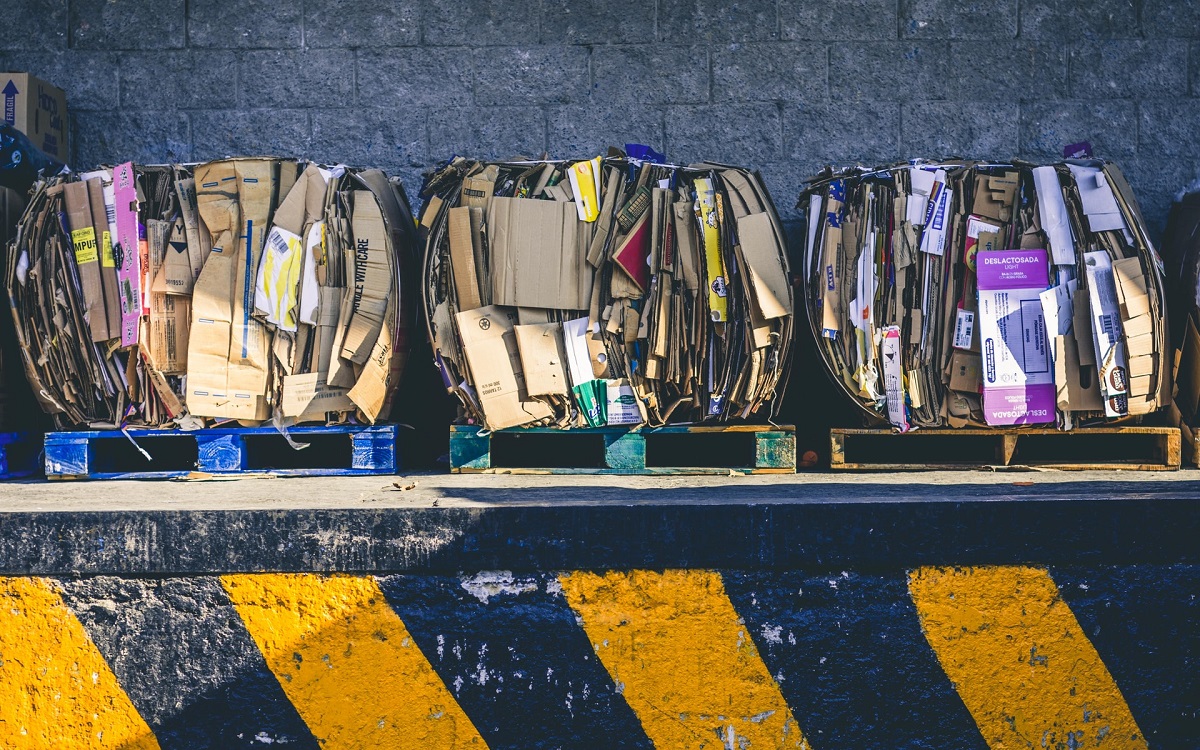As the Senate begins to tackle more than 250 proposed amendments to the bipartisan infrastructure bill, recyclers have an opportunity to get better acquainted with several components in the original bill that, if passed, could impact the industry.
The $75 million RECYCLE Act, $150 million for critical mineral and battery recycling, and $100 million for the Environmental Protection Agency’s pollution-prevention program are the key takeaways from ISRI members.
If the infrastructure bill passes, the RECYCLE (Recycling Enhancements to Collection and Yield through Consumer Learning and Education) Act would authorize a $15 million annual grants program at the EPA to help educate consumers about residential and community recycling. It aims to help decrease contamination in the recycling stream and support recycling infrastructure.
Road to RECYCLE
On March 23, senators Rob Portman, R-Ohio, and Debbie Stabenow, D-Mich., and representatives David Joyce, R-Ohio, and Dean Phillips, D-Minn., reintroduced the RECYCLE Act to the 117th Congress. Senators Gary Peters, D-Mich.; Maggie Hassan, D-N.H.; Todd Young, R-Ind.; Elizabeth Warren, D-Mass.; and Susan Collins, R-Maine, are original cosponsors.
The act’s chief architects, Billy Johnson, ISRI’s chief lobbyist, and Cliff Rothenstein, government affairs advisor at K&L Gates, wanted to tackle material contamination at its source, before it enters collection bins. “We were talking about what we need to do to get a cleaner feedstock,” Rothenstein recalls. “By that, I mean recycling paper, metals, or plastics so that when the material is sorted and separated, it’s clean and useable rather than contaminated with other types of materials.”
While single-stream recycling gives residents the convenience of throwing all their recyclables in one bin, it also opens the door for potential contamination if there’s trash mixed in, and confusion regarding what materials actually are recyclable. ISRI members have told Johnson they often receive unusable single-use plastics through the residential stream, while valuable plastics like empty containers of laundry detergent end up in the trash. “People don’t know what they should or shouldn’t be putting in their bins, and they don’t know which recycled materials are the most valuable for recyclers,” he says.
RECYCLE Act Ins & Outs
The bill would authorize $15 million per year in grants over five years to states, local governments, Native American tribes, nonprofits, and public-private partnerships to educate and inform consumers and households about their residential and community recycling programs. “Localities vary on what can or can’t be recycled; it’s not one size fits all,” Rothenstein explains. “Historically speaking, residential recycling and waste management have been a local requirement. In the bill, there would be funds available to help localities improve their own recycling programs, and education campaigns to explain to residents what to do with different types of materials.”
Public and private sectors would have the opportunity to work together and develop education materials. “They’ll probably try to figure out which of their recycled material should or shouldn’t go into the bins, and how to communicate that information to the public, maybe through new brochures, public service announcements, or labeling materials,” Rothenstein says. “Educating the public is going to go a long way to get cleaner materials. Recyclers will get cleaner materials to process and sort, and eventually turn into new material.”
The RECYCLE Act would require the EPA to develop a model recycling program toolkit to improve recycling rates and decrease contamination in the recycling stream. The bill also specifies the EPA must frequently review and revise, if appropriate, its Comprehensive Procurement Guidelines, which designate products containing recycled materials and provides recommended practices for federal agencies to buy those products.
“The idea was to fix the problem before it happens,” Johnson says. “If the recycler receives good material at the start it’s easier to clean up and get to a higher value and better commodity.”
Batteries, Pollution, Superfund
Johnson advises recyclers to pay attention to two other provisions in the infrastructure bill: on battery recycling, and the EPA grants.
The bill allocates $150 million to research for studying the recycling and recyclability of single-use and rechargeable consumer batteries. “The public is becoming more aware of the problem batteries pose to the recycling industry,” Johnson says. “Hopefully this provision will lead to some good solutions for the recyclability of batteries.”
There’s also $100 million allocated for the EPA pollution-prevention program, in which the EPA provides grants to private entities that want to tackle pollution. “I think this is something recyclers ought to keep an eye on, especially if there’s a problem you’re aware of that this grant would help address,” Johnson says. “These are going to be small things, but small things add up.”
Johnson recommends recyclers stay aware of Environmental Justice issues within the infrastructure bill. There’s $3.5 billion available for five years for the remedial account within the Superfund. The EPA would invest in cleanups and move forward on remedial actions for Superfund sites. “These are neighborhoods and areas harmed by pollution, and this is a way to clean those areas up quickly and efficiently, and it improves the lives of a lot of people by making these changes,” Johnson says.
Upcoming Discussions
According to Johnson, the Senate is looking to have a longer conversation about U.S. recycling, likely this fall. “We’ve got a pretty important bill, but there’s a lot more to go to fix the residential recycling problems,” Johnson says. “During the [Congressional] hearings and discussions we’re hoping to discuss market development, and public and private investments. So much is processed by private recyclers, you want a solution that will help everyone.”
Johnson hopes the conversation will provide an opportunity to demonstrate the essential nature of recycling and its important role in the manufacturing supply chain. “You can’t have circularity without recycling,” he says. “ISRI members play an important role in the larger manufacturing industry. If you want greener steel, plastic, or glass, recycling has to be part of that conversation.”
Additional Resources













